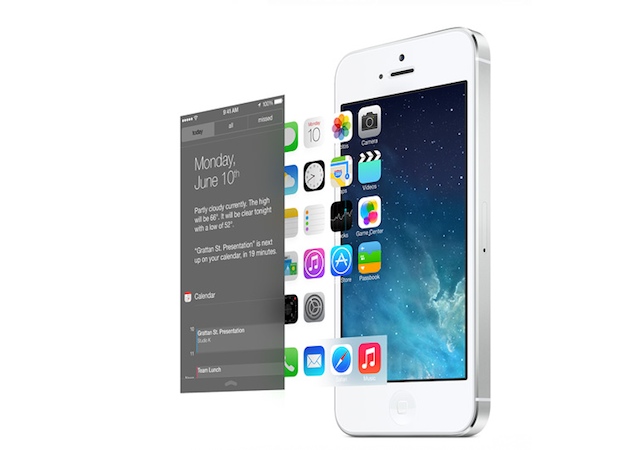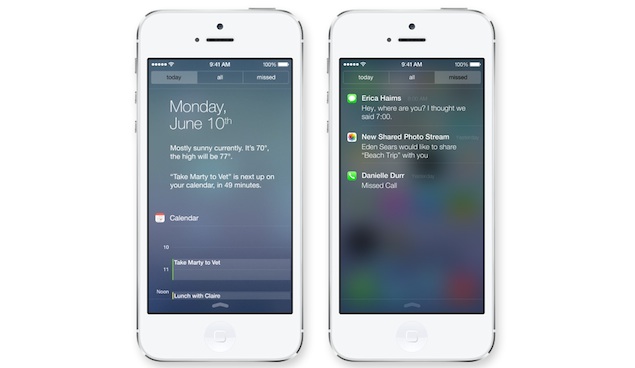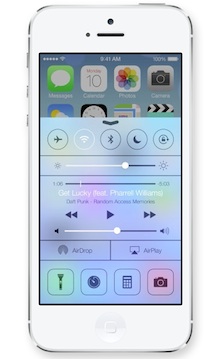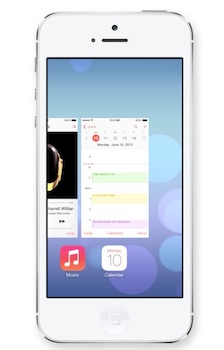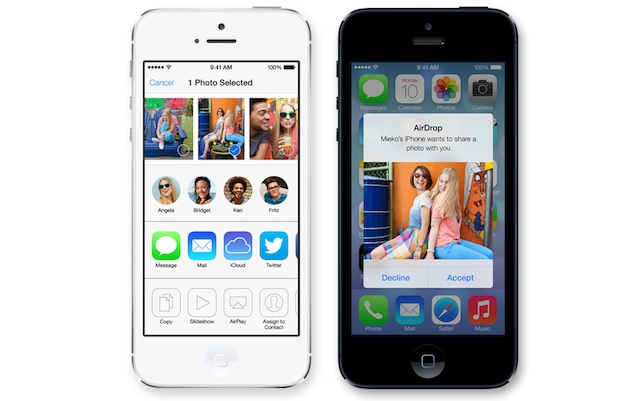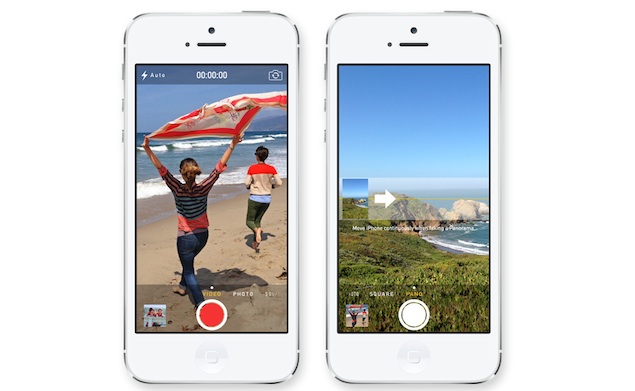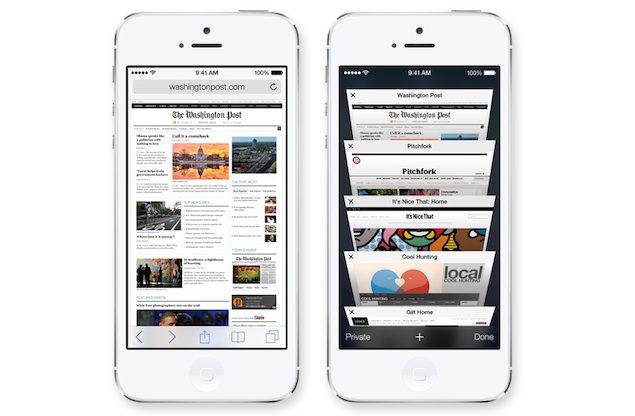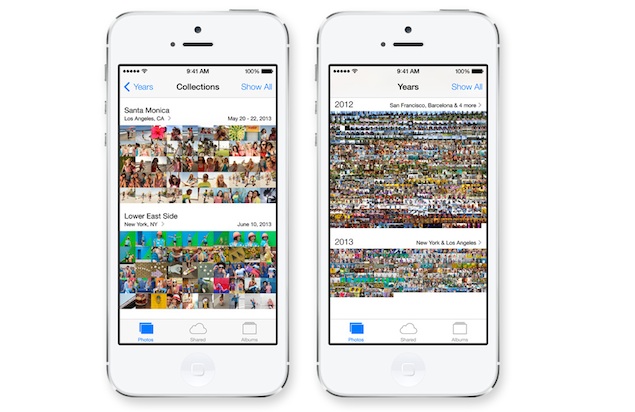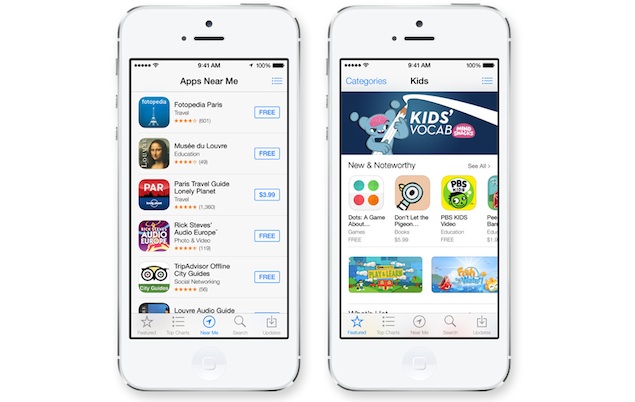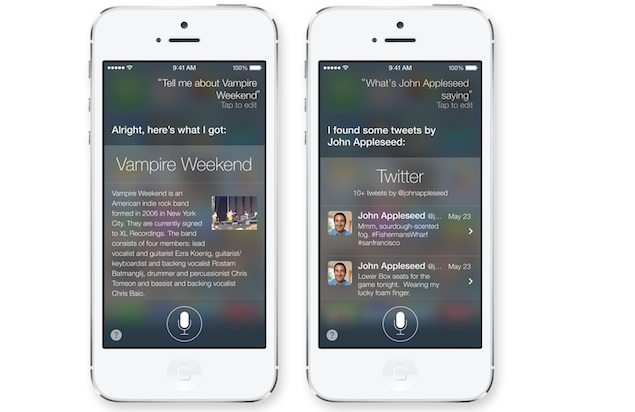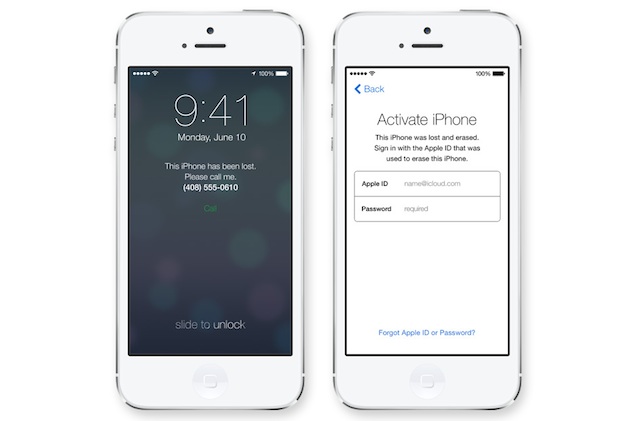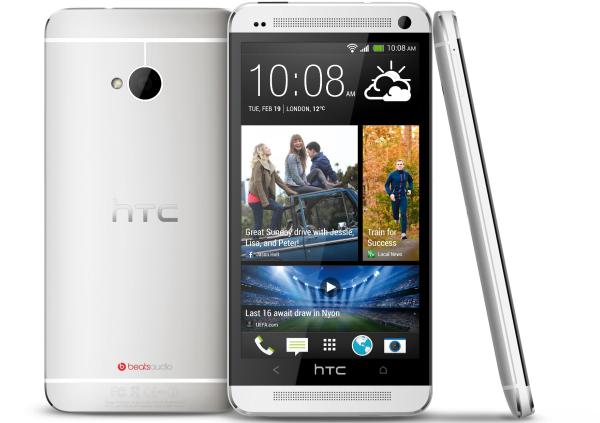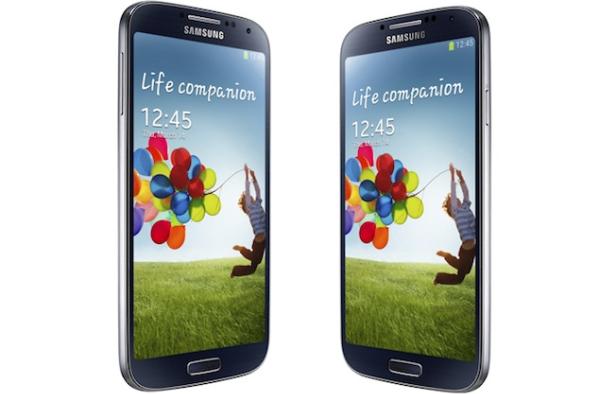Introduction


Come on folks, this is something we knew that was bound to happen! Apple and Google have been waging war against one another for a long time now, and considering that this year meant that we would see refreshes to several popular tablets, which we did, it’s only fitting to see how their two compact tablets stack up against one another.
The 2013 edition of the Google Nexus 7 has proven to be one heck of a popular tablet, as it continues to be red hot thanks to its killer price point, high-end specs, and diverse platform experience. Meanwhile, Apple’s iPad mini saw itself get outfitted with a Retina Display to prove that it’s with the times – while also being treated to the same usual set of hardware and software upgrades.
Now comes the hard part: finding out which of the two is exactly the better choice to fork over your hard earned money into. Even though they both saw increases to their prices, the iPad mini with Retina Display saw a significantly higher tally than what most people would like, but nevertheless, if compact tablets are what you seek out, these are no doubt the two that should come into mind.
Design


Naturally, their prices influence their designs, which shouldn’t be a shocker seeing that one is grossly higher than the other. Aesthetically, there’s a premium element with the iPad mini with Retina Display, as it continues to boast the sturdier construction thanks in part to its brushed aluminum casing. Unlike the grandeur attached to the iPad mini, the Nexus 7 still manages to get our attention with its soft touch matte body – though, it’s definitely not as premium as the iPad mini.
Due to the smaller sized display it’s carrying along, the Nexus 7 benefits by having a more comforting and form-fitting size – best served for those with smaller hands. In comparison, Apple’s tablet has a wider figure, which in turn, requires more stretching by our hands to grasp with a single hand. After some time, it becomes tiresome, to the point that it just no longer feels as natural holding it.
Either way, the designs can be deemed as pleasant depending on how you look at it. If cutting edge and premium elements are what attracts you the most, there’s no arguing you’ll see all of that in the iPad mini. However, the smaller size of the Nexus 7 combined with its modest looks can appease others as well.
Around the trims of both tablets, we don’t really find anything too surprising with either of them, as they feature nearly the same set of buttons and ports. Specifically, they consist of their power buttons, volume controls, various microphones, 3.5mm headset jacks, and respective power/data ports.
For small tablets, they’re armed with some pretty snazzy cameras. Around the rear, they’re both packing 5-megapixel auto-focus camera sans flash – the typical arrangement we’re seeing nowadays with prized high-end tablets. In the front, it’s also the usual configuration, as they’re graced with 1.2-megapixel front-facing cameras
Display

Just like last year’s comparison, there’s a slight size disparity between these two ground shakers. Like how its name implies, this year’s iPad mini benefits from having a Retina Display – a 7.9-inch 2048 x 1536 IPS LCD display, giving it the very slightly higher pixel density count of 324 ppi. On the other hand, we can’t count out the Google Nexus 7’s 7-inch 1920 x 1200 IPS LCD display, which pops out an equally crisp 323 ppi pixel density figure. Detail isn’t an issue with either of them, as they’re more than capable of producing sharp visuals that allow our eyes to distinguish even the finest of text in the web browser.
Colors are warmer with the iPad mini’s Retina Display, and the Nexus 7 casts a more natural tone with its display. Outdoor visibility is pretty good with the two, seeing that they feature wide viewing angles and strong brightness outputs to make them extremely visible. At the end of the day, it’s a tough call which one of the displays we like better – more so when they exhibit very similar qualities that we find exquisitely pleasant.
Interface and Functionality
Unless you've been hiding under a rock for the last few months, then you’re probably aware that these two tablets have been updated with brand spanking new experiences. Visually, there’s more of a dramatic change with the presentation of iOS 7 with the iPad mini with Retina Display, seeing that it receives one fancy new design overhaul that comes to life with its translucency, layered design concept, and fancy new animations. At the core, however, iOS 7 continues to retain the same principle of having a very simplistic operation – making it easy for first time users to navigate around.
iPad's Interface
We've recently received the new Android 4.4 KitKat update for the Nexus 7, but to tell you the truth, it doesn't deviate much from the look and feel we saw with Android 4.3 Jelly Bean – albeit, it does come with some new features. Nevertheless, the vanilla experience has its own set of perks that prove its depth over its rival. And with that folks, it goes to show why the platform continues to provide us with a deeper level of functionality.
Google Nexus 7's interface
In the multi-tasking department, each tablet employs its own unique way of executing the task at hand – so we don’t necessarily find one implementation that’s superior over the other. Sticking firm to its process, the Nexus 7 has its multi-tasking menu that allows us to quickly jump in-and-out of different apps at a moment’s notice. Oppositely, we like what the iPad mini has to offer with its various 5-finger gesture operations – like the swipe one that offers quick app switching.
Notifications are handled in a very similar manner, but yet again, Android’s baked-in secondary features overpowers the iPad mini. Indeed, it’s nice that the two populate all notifications in one central, unified area that’s accessible at any time, but we like how we’re presented with different functions with Android’s notification panel – like how we can archive emails, share screen shots, and much more.
With the introduction of the updated software experiences, we naturally see a bump with their respective digital voice assistant services – Siri and Google Now. Needless to say, they’re smarter than ever before, but despite all of its advancements, Siri still trails Google Now. Specifically, it just seems that Google’s offering is basically more aware than its rival.
There are several notable things that makes the experience on the Nexus 7 so much more encompassing than the iPad mini. In addition to new features such as Tap & Pay and wireless printing, it’s just the simple things on the Nexus 7 that shows its value. For example, the option to have more than one user is a pleasant thing to find on the Nexus 7, which makes for better organization if the tablet is used by many people in the household.
However, the iPad mini with Retina Display continues to have apps that are more optimized for tablet – so they make great use of the added real estate. Android is home to several tablet-centric apps too, but in comparison, they don’t seem to be as polished as its iOS 7 counterparts. Regardless of that, the gap between them is closing with each passing day.
Processor and Memory
They’re fast, like really fast. Thanks to their beefy processors, these two prized tablets perform smoothly with various operations on the surface. Diving deeper and meticulously looking at them, we realize a slightly more elevated level of snappiness seen with the iPad mini’s 64-bit based dual-core 1.3GHz Apple A7 processor. Well, it’s still pretty snappy with the Nexus 7’s quad-core 1.5GHz Qualcomm Snapdragon S4 Pro processor, but it’s just a notch below the level of snappiness put forth by its esteemed competitor. Honestly though, most people would barely be fazed by the difference, since it’s so miniscule to the eye – well, unless you’re looking very hard.
There are more storage configurations with the iPad mini with Retina Display, as it’s available in 16GB, 32GB, 64GB, and 128GB capacities – giving consumers more variety, obviously. On the other hand, we only have between 16GB or 32GB to choose from with the Nexus 7. Without any way of easily supplementing their capacities, you’ll really need to think long and hard what best suits your needs.
Internet and Connectivity
These tablets make the web browsing experience so much more pleasurable, especially when they produce the same level of performance. Specifically, they include speedy page loads, instant page rendering on the fly, and silky smooth navigational controls. However, the Chrome browsers boasts several different features that help to complement the experience – like quick tab switching via gestures, the ability to search for keywords, and a diverse set of ways to share web pages.
Expected to sell like hot cakes, there are variants that pack along 4G LTE connectivity for constant data access when Wi-Fi is lacking. Beyond that, they pretty much are home to the usual set of connectivity features – such as aGPS, Bluetooth 4.0, and dual-band 802.11 a/b/g/n Wi-Fi. However, the Nexus 7 is stuffed with an NFC chip to make sharing between devices a lot easier to juggle – albeit, iOS 7’s AirDrop feature offers almost the same function.
Camera
Worried about missing out on the opportunity of snapping that candid shot? Well, it’s nice that we’re able to launch their respective camera apps right from their lock screens. Looking at the two interfaces, we’re not too surprised to find that they’re basic and devoid of any meaningful manual controls. On the iPad mini, we’re given options such as an HDR photo and a square shot mode. In comparison, there isn’t much either on the Nexus 7, seeing that we’re presented with a panoramic and Photosphere modes – while being given a few options to modify white balance and exposure in its settings menu.
iPad Mini Camera sample

Google nexus 7 camera sample

Interestingly, they’re both outfitted with 5-megapixel auto-focus cameras that feature f2.4 aperture lens and 1080p video recording. The numbers might be the same, but the results are slightly different. To tell you the truth, there’s little differentiating the two with shots that are taken outdoors where lighting is prevalent. Details are okay with the two, but the photos from the Nexus 7 seem to have a profound over-sharpening tone. Meanwhile, depending on the angle, the iPad mini is more susceptible to casting a saturated tone with its color reproduction. And finally, it seems as though that the Nexus 7 is more equipped at taking macro shots.
Under lower lighting situations, we naturally see a diminished look with their qualities, but the Nexus 7 seems to be riddled with more noise – thus, softening its tone more than the iPad mini. The shots might be brighter with the Nexus 7, which seems to be caused by its longer exposure, but the downside is that it’s prone to blurring and more noise. At the same time, the Nexus 7 has a noticeably cooler color preproduction – whereas it’s warmer with the iPad mini. It’s not like the iPad mini takes better shots under lower lighting, but the results from the Nexus 7 sometimes appear too painted-like.
Battery
In our experience, the Google Nexus 7 seems to give us a longer battery life than the iPad mini with Retina Display. To be more exact, we typically pull in an average of 2.5 days of normal usage with Google’s offering – while it’s only about 1.5 days with the iPad mini with Retina Display. Even though the longevity goes to the Nexus 7, we’re just grateful that the two are equipped at providing us even with a single day of life with heavy usage.
Conclusion
Another year, another red hot comparison pitting the two best in the compact tablet segment. From what we’ve seen, they deliver the goods in providing us with a well-rounded performance, but at the end of the day, there can only be one that can reign supreme.
First, let’s talk about pricing, which unlike last year, is now greatly divided between the two. With its sticker pricing of $230 for its base model, the Google Nexus 7 undoubtedly shows us that it provides us with more bang for the buck – and that’s despite having a more modest design and construction. Additionally, the Android 4.4 KitKat experience has bridged the gap by featuring a more straightforward and intuitive interface that closely follows the simplistic nature of iOS 7.

To tell you the truth, this comparison would’ve been harder to decide if the iPad mini with Retina Display were sporting the same price point as its predecessor, but at a staggering $400, it goes to show that it’s moved away from that affordable segment. Rather, budget conscious consumers are going to be more inclined to look at the Nexus 7 – well, that’s unless they’re invested into the iPad mini’s apps ecosystem, or if they simply prefer a premium constructed tablet.
Taking everything into consideration, we’re going to say that the Nexus 7 takes the checkered flag with this.
- via Phonearna.com








